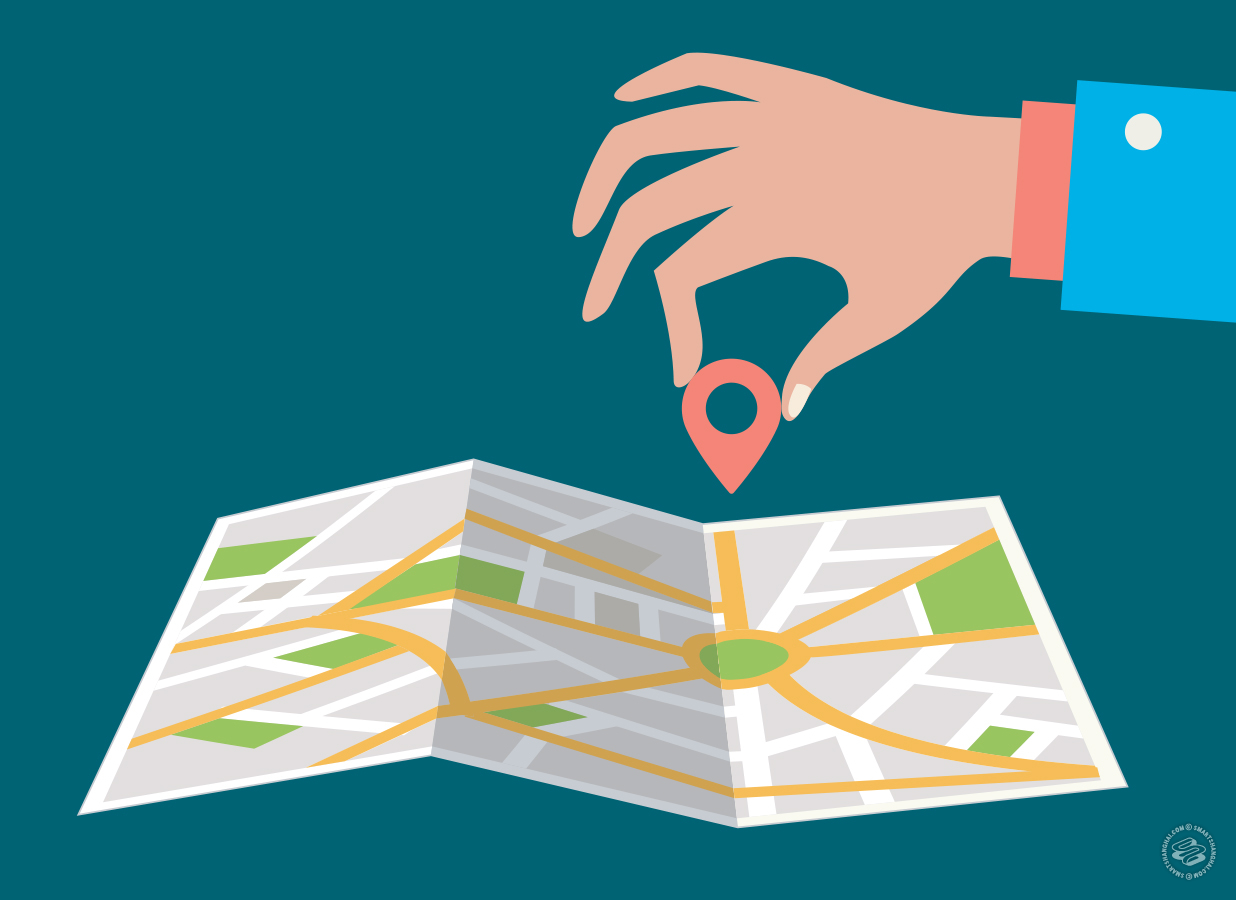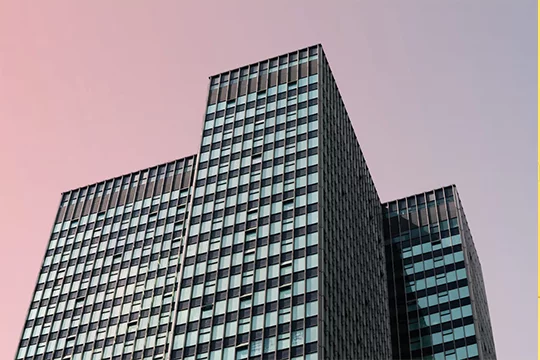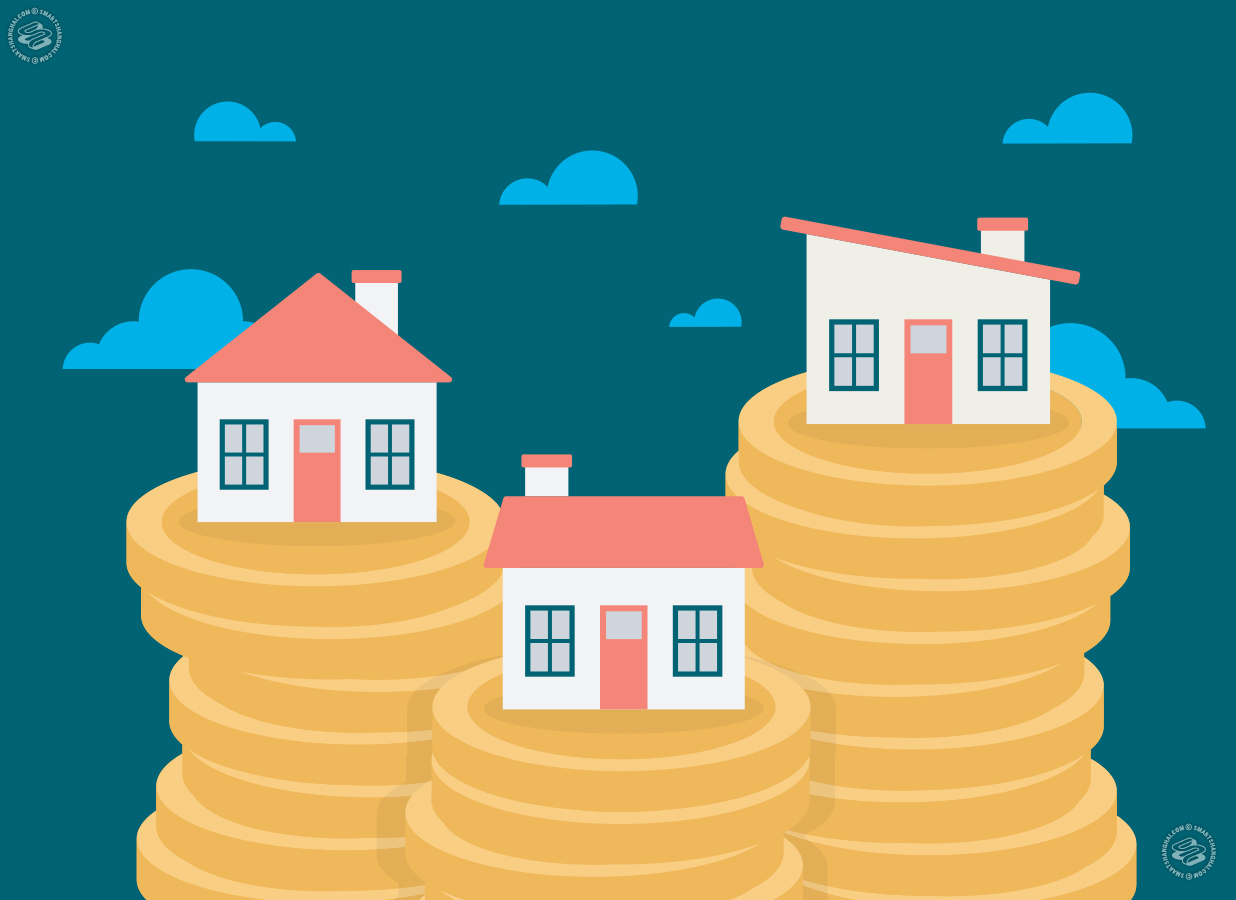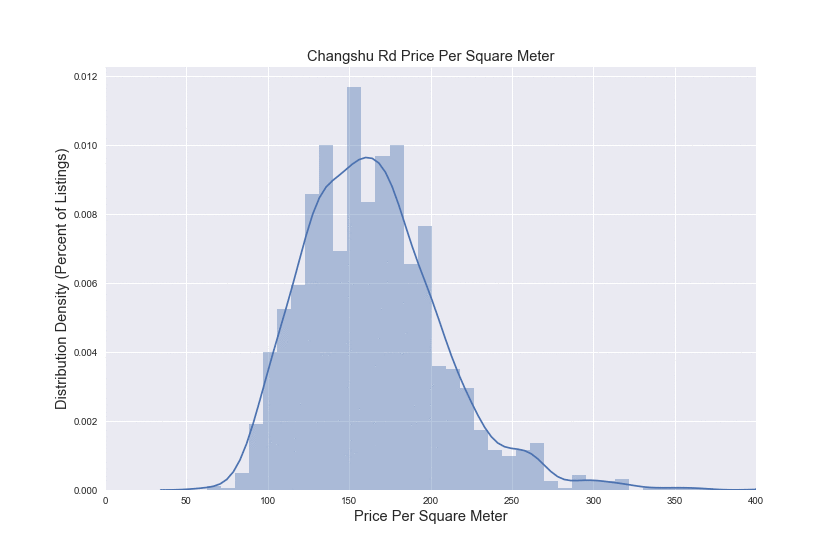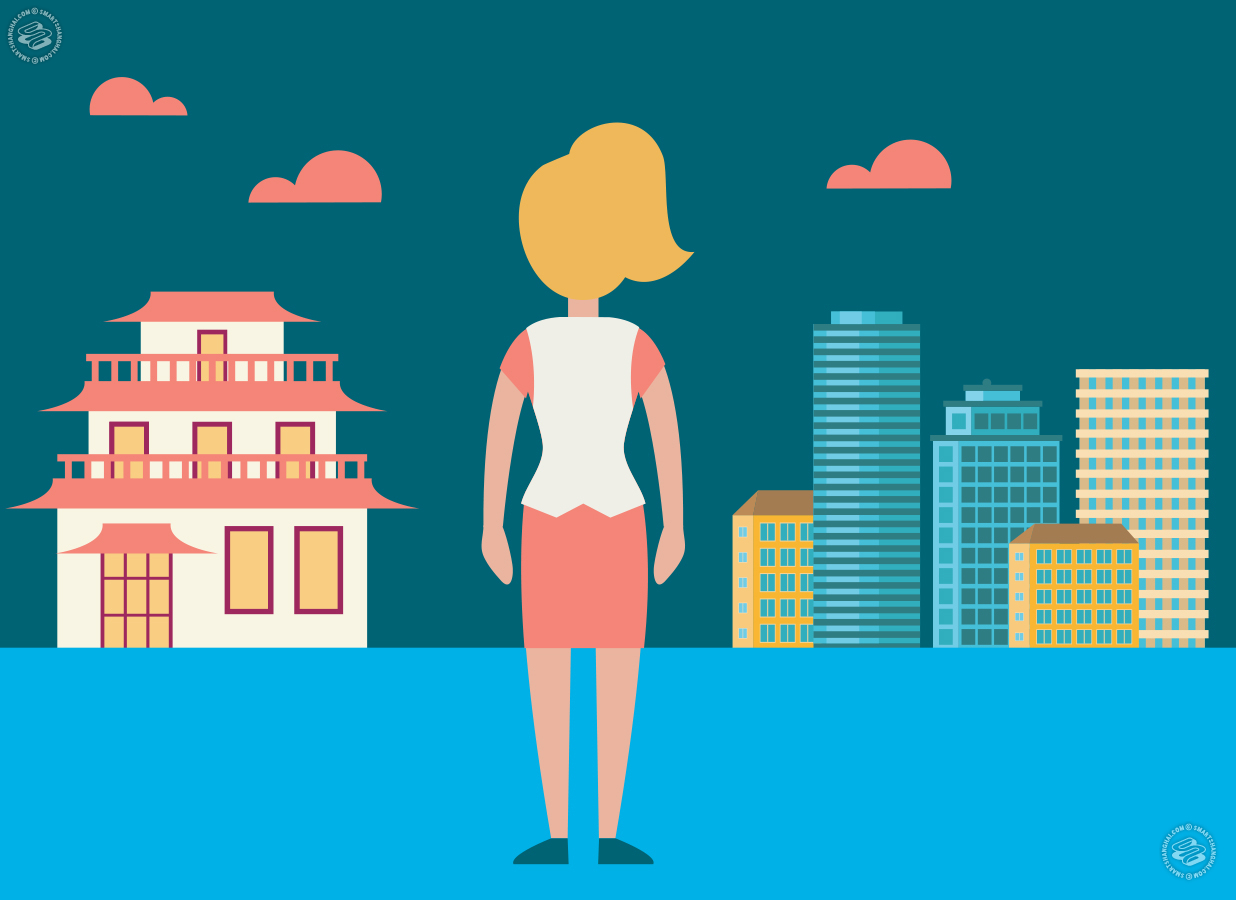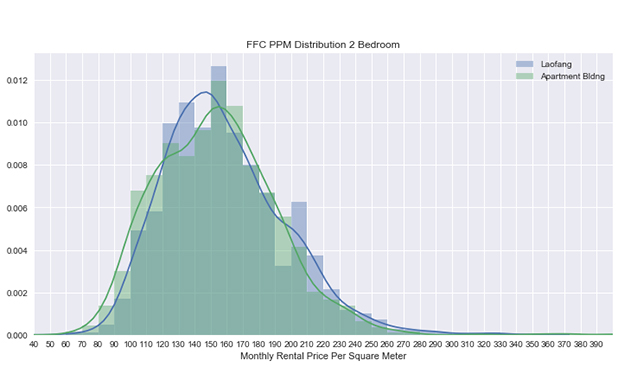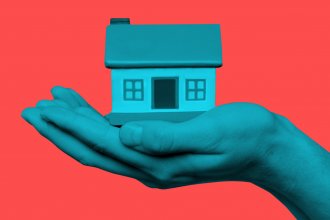This article was originally written by analyst TJ Spross for his personal blog Data Me What, and is being reprinted here for the benefit of SmartShanghai users looking for an apartment in Shanghai. Spross worked as a Data Scientist at italki, an Edutech startup founded in Shanghai with over five million users internationally. "He enjoys building web crawlers, analyzing data, and playing mahjong in his nightclothes." He is now based in NYC.
Note: SmSh has edited this article a bit for length and clarity. It's heady stuff.
For the past several months, I've been collecting Housing listings data from SmartShanghai.com's property listings platform. SmartShanghai's listing service is the most widely used online apartment-hunting service for foreigners new to Shanghai. Since the rental market for foreigners is large and robust enough to perform simple data analysis, I might be able to provide some tips for finding cheap and fairly priced apartments in Shanghai, and also information on what a given apartment should be priced at in a given district.
***
